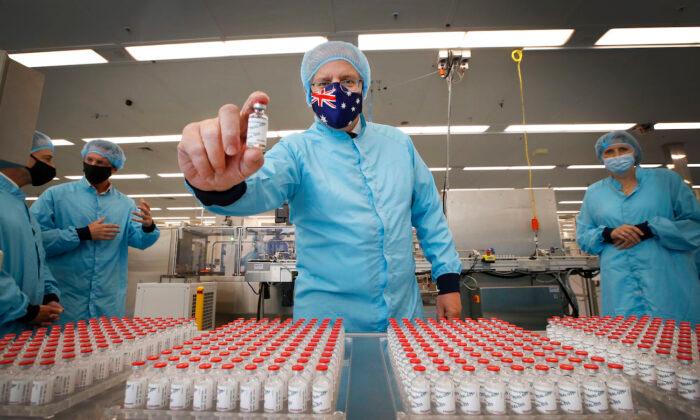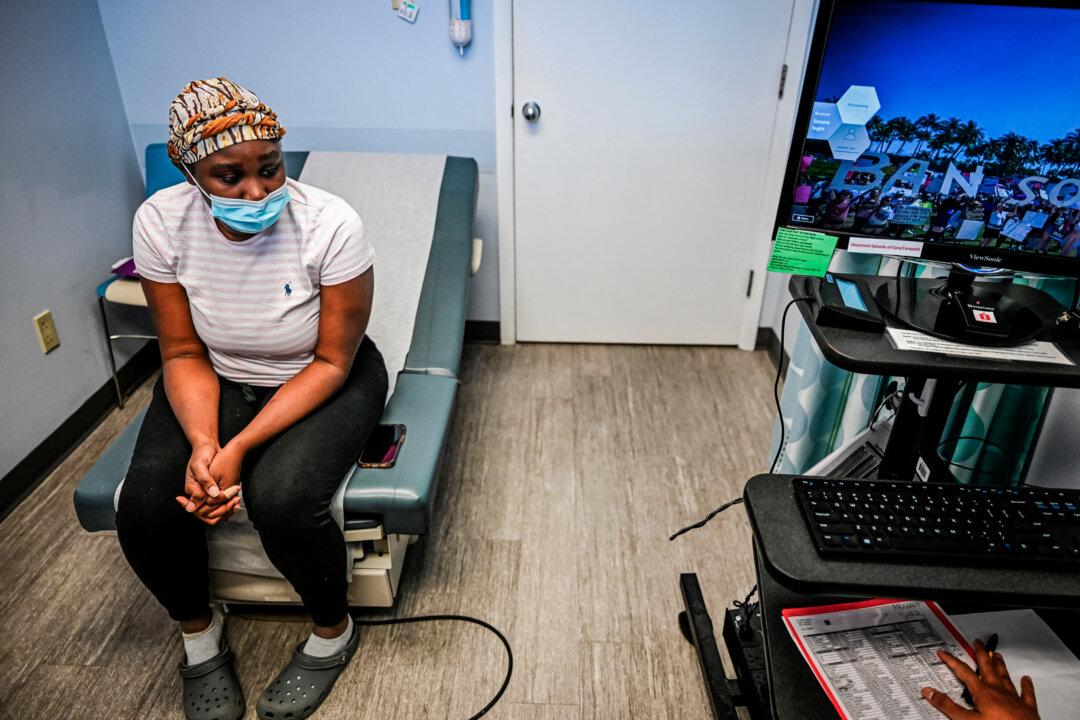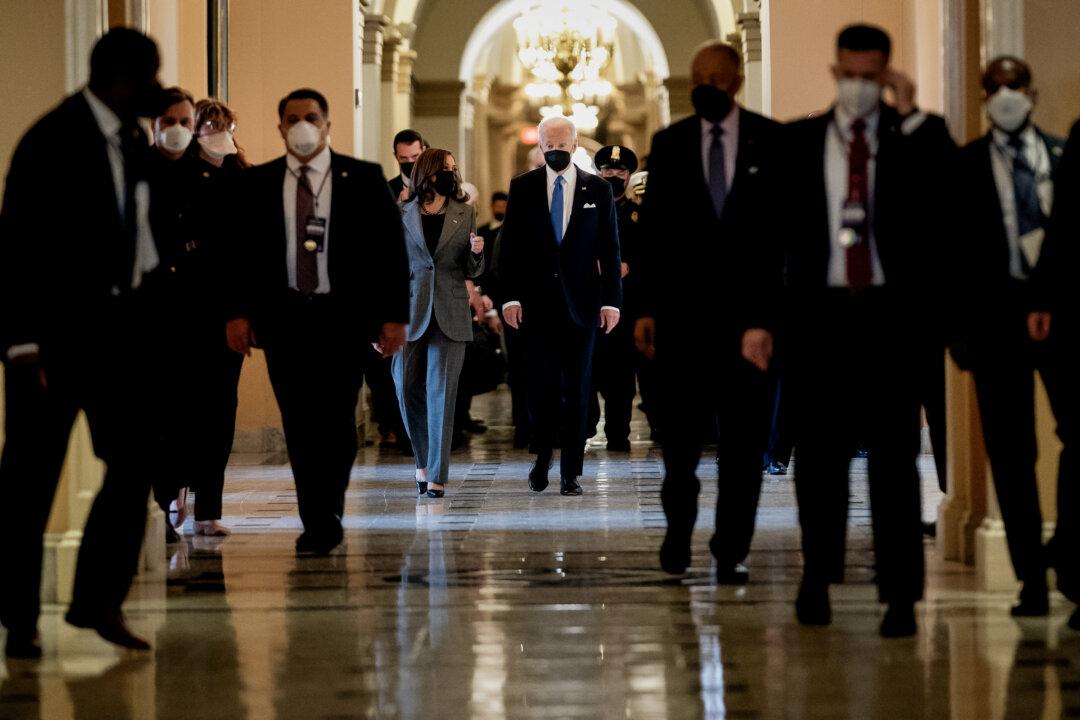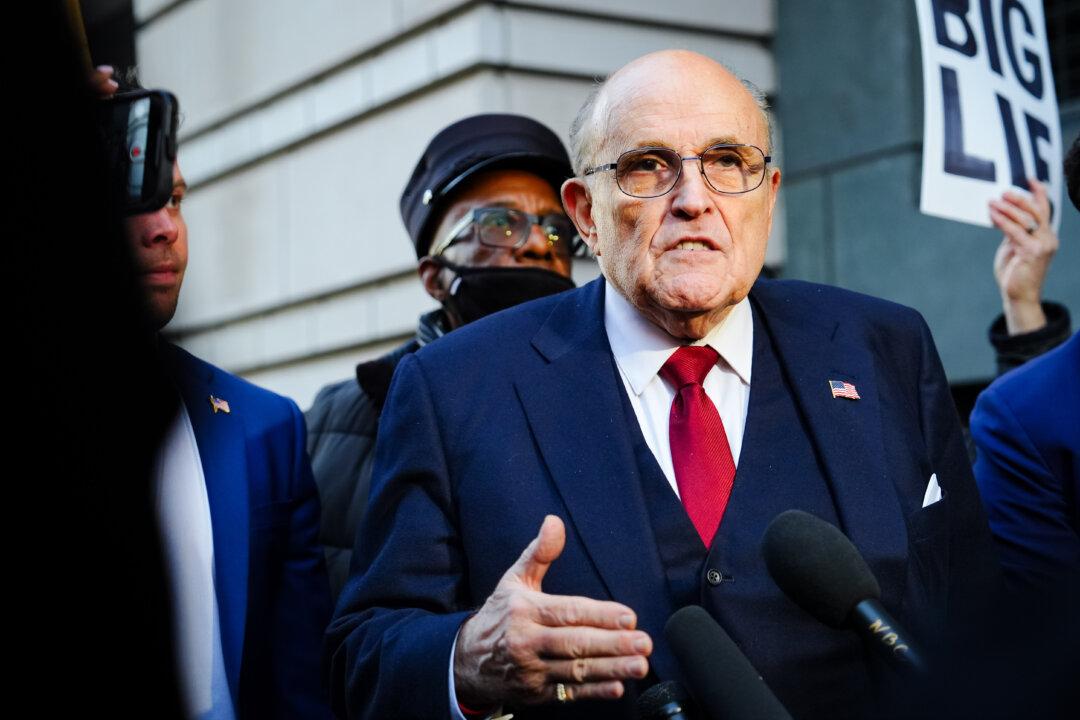Australian Health Minister Greg Hunt has announced that 95 percent of eligible Australians aged over 16 have received a first dose of a vaccine against COVID-19.
Hunt said the milestone had gone beyond almost all predictions made at the outset of the pandemic.
Just over 92 percent of eligible Australians aged 16 and over have now had two doses of vaccine, while over 52 percent have received a third, booster dose.
Children aged between five and 11 became eligible for the Pfizer-BioNTech vaccines on Monday, with more than 250,000 getting a first dose so far.
Meanwhile, a decision is expected “in the coming 10 days” on the Novavax COVID-19 vaccine by the TGA. Some 51 million doses of the protein-based vaccine have been ordered by the federal government.
Hunt also said there were “signs of hope” around the almost one million cases of COVID-19 nationwide as the Omicron variant spreads through the population.
Chief Medical Officer, Paul Kelly, said the Omicron wave in the states of New South Wales (NSW) and Victoria, and the Australian Capital Territory (ACT), were “close to the peak.”
“All predictions and now the actual forecasting based on actual numbers of cases, particularly in NSW but also in Victoria and ACT, leads me to believe that we are close to the peak of this wave in terms of cases,” he said, noting infections are likely to be going under-reported.
However, Kelly noted the situation in Western Australia “is another story.”
“When they do start to get cases it will be later on. But for most of the rest of Australia, we are still on that upward curve, we may be plateauing and then there is a downswing of cases after that,” he said.
Kelly also noted there will be a rise in hospitalisations and deaths in the coming weeks but noted the overall rate of severe disease is “extremely low.”





